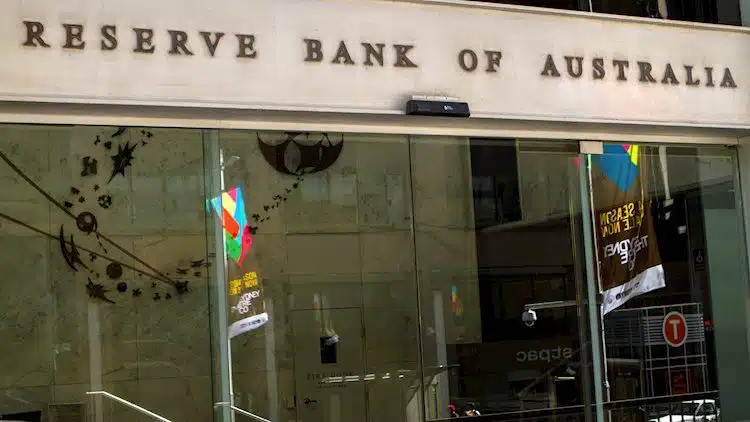Analysts at TD Securities note that the Reserve Bank of Australia (RBA) surprised the market by raising its policy rate by 25 basis points to 3.85%. The decision to raise rates came soon after the Q1 CPI release revealed inflation fell more than the RBA expected.
“We expected the Bank to remain on hold at 3.60% after last week’s Q1 CPI release revealed inflation fell by more than the RBA expected,” TD Securities said. “The preliminary forecasts provided in today’s Statement on balance do not appear significantly different from the February Statement of Monetary Policy (SoMP) forecasts and on balance supported the Bank remaining on hold in our view.”
The analysts had projected the Bank would stay at 3.60%. While the minutes of the April meeting were hawkish and read as more supportive of a rate hike than a pause at that meeting, the RBA’s Statement suggests the Bank may have a few more hikes up its sleeve to deliver.
TD Securities stated that they will assess their RBA call following the SoMP on Friday and potentially after the 9th May Federal Budget. The decision to raise rates was a move that not many market participants had been expecting. The market had been pricing in rate hikes for some time, but the actual path of rates was far from clear. The overall trend in global monetary policy has been towards the normalization of policy, and the RBA’s decision to hike rates has added to that trend.
The RBA’s move to raise rates comes at a time when the Australian economy has been showing solid growth. Unemployment has been falling, while economic growth has remained strong. The RBA’s decision to hike rates is likely a reflection of the belief that the Australian economy is on a firm enough footing to withstand the tightening of monetary policy.
However, there are risks to the Australian economy that could potentially derail the RBA’s tightening cycle. One such risk is the slowdown in the Chinese economy, which could have a significant impact on the Australian economy given its close ties to China. Additionally, the recent rise in global trade tensions could also have an effect on the Australian economy, and the RBA will undoubtedly be keeping a close eye on these developments.
Despite the potential headwinds facing the Australian economy, the RBA’s decision to hike rates reflects a belief that the strength of the Australian economy can withstand a tightening of monetary policy. The RBA’s decision is in line with the broader trend in global monetary policy, which has seen central banks around the world moving towards normalization. Other major central banks, such as the US Federal Reserve and the European Central Bank, have been gradually moving towards the normalization of monetary policy in recent years.
The RBA’s decision to raise rates is not without its risks, and there are a number of factors that could potentially derail the tightening cycle. However, for the time being, the RBA appears confident in the strength of the Australian economy and believes that it can withstand a tightening of monetary policy.
Looking ahead, market participants will be closely watching the commentary from the RBA and any further indications of the future path of interest rates. For now, the RBA’s decision to raise rates has surprised many market participants, and it remains to be seen whether the Australian economy will continue to show strength in the face of tightening monetary policy.
In conclusion, the RBA’s decision to raise rates has caught many market participants off guard, as it comes at a time when the Australian economy has been showing solid growth. Unemployment has been falling, while economic growth has remained strong. The RBA’s decision to hike rates is likely a reflection of the belief that the Australian economy is on a firm enough footing to withstand the tightening of monetary policy.
However, there are risks to the Australian economy, such as the slowdown in the Chinese economy and rising global trade tensions, which could potentially derail the RBA’s tightening cycle. Despite these risks, the RBA appears confident in the strength of the Australian economy and believes that it can withstand a tightening of monetary policy.
As the global trend in monetary policy shifts towards normalization, the RBA’s decision to raise rates is in line with the moves of other major central banks. Nonetheless, the future path of interest rates in Australia remains uncertain, and market participants will be closely watching the RBA’s commentary and any further indications of the future path of interest rates.


